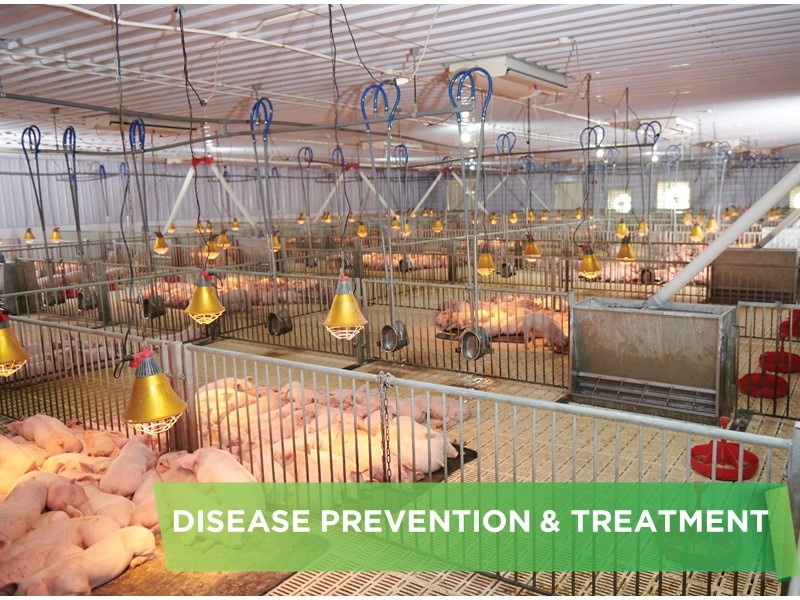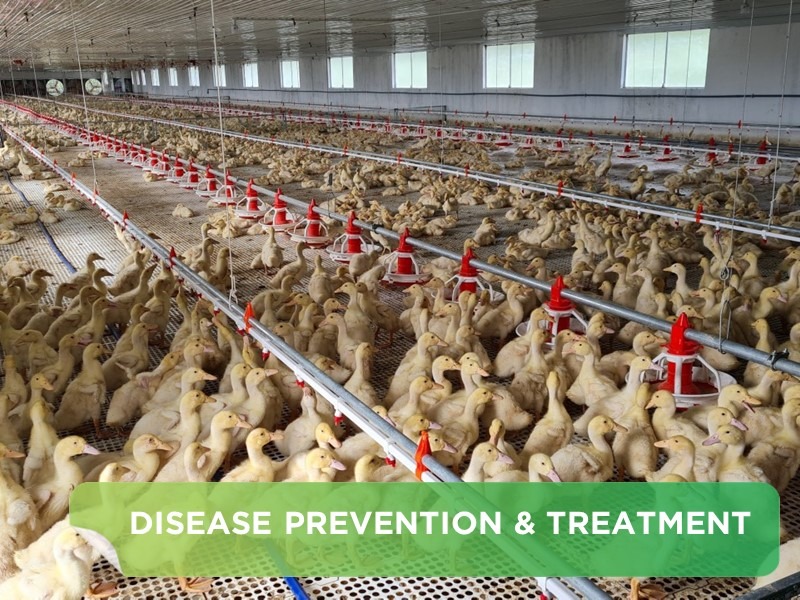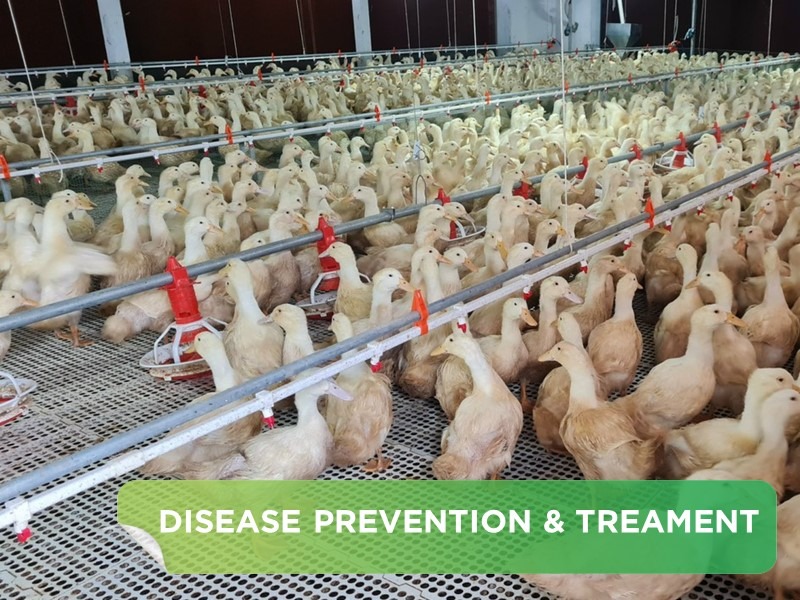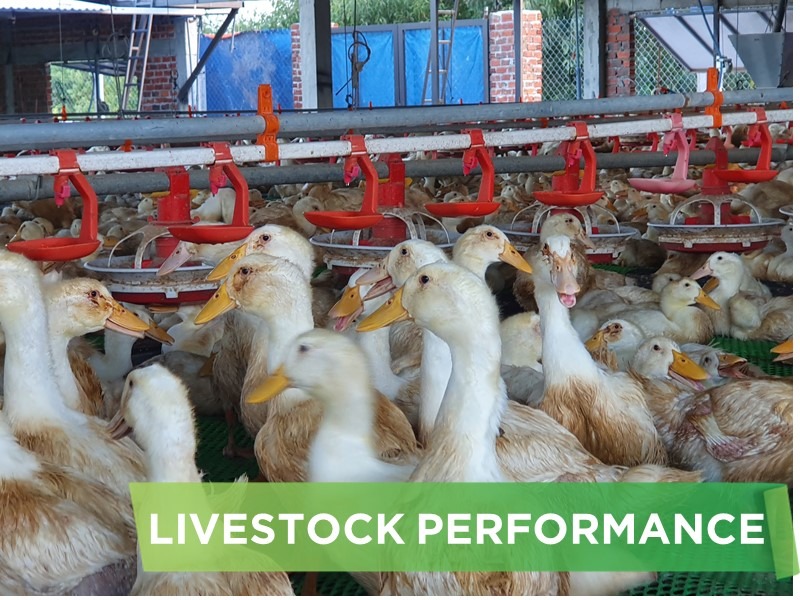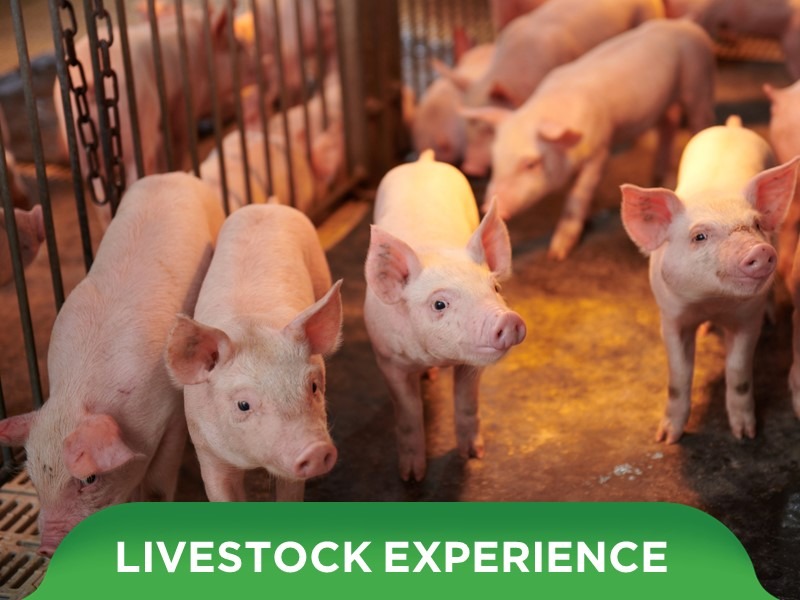Crop fungus and lung fungus are not uncommon diseases in poultry farming, but are sometimes confused with other respiratory and digestive diseases, leading to ineffective antibiotic treatment.
1. Causes of fungal diseases in poultry
Lung fungus, crop fungus, and digestive tract fungus are caused by two different types of fungi, each with different characteristics, mechanisms of infection, and transmission routes.
• Lung fungus is mainly caused by Aspergillus Fumigatus.
• Crop fungus and digestive tract fungus are caused by Candida albicans yeast
All types of poultry and birds can be infected, of which chickens, ducks, geese, and swans are the most susceptible.
2. Epidemiology
A. Lung fungus
• The disease is transmitted through the respiratory tract, not transmitted from sick poultry to healthy poultry.
• Poultry can be infected with fungal spores in the farming environment, air, incubators, and bedding.
• Poultry raised in concentrated farming methods are often more seriously ill than free-range farming.
B. Crop fungus, digestive tract fungus
• The disease is transmitted through the digestive tract from food and drinking water contaminated with fungi, often occurring and severe in free-range farming.
3. Symptoms of the disease
A. Lung fungus
• The incubation period is from 3-7 days, the disease is often found in 2 forms:
• Acute form: Poultry are lethargic, have poor appetite, have difficulty breathing, open their mouths to breathe, yawn, gasp. Often seen in poultry from 1-3 weeks old, the high mortality rate can be up to 50%-80% when infected with other diseases such as Ecoli. Severely infected birds can die within 24 hours.
• Chronic form: Often found in large poultry, the rate of illness and death is low, poultry have pale combs, wattles, and faces, which need to be clearly differentiated from other diseases.

B. Crop fungus, digestive tract fungus
• Poultry has bad breath, diarrhea, loose stools, vomiting sour-smelling food. Ruffled feathers, slow growth, white plaque in the mouth.
4. Lesions
A. Lung fungus
• Lesions are mainly concentrated in the lungs with white, pale yellow fungal tumors, floating on the lung surface, fungal particles can be like rice grains, solid.
• Severe disease causes fungal tumors to block the alveoli in the lungs, making the lungs dense, when dropped into water the lungs sink or float.

B. Crop fungus, gastrointestinal fungus
• Lesions are usually most obvious in the gastrointestinal tract such as the mouth, crop, and air sacs in the abdominal cavity.

5. Diagnosis
Differentiate diagnosis with diseases such as CRD, E-coli, ILT, IB based on characteristic lesions.
6. Disease prevention and treatment
• Disease prevention by regularly cleaning, periodically disinfecting, sterilizing the incubation environment, barns, and livestock equipment, especially during the rainy and humid seasons, to prevent fungus growth with disinfectant solution: DOVIDINE 10% (3ml/1l of water) or DONACIDE with ingredients: Benzalkonium chloride 10% - Glutaraldehyde 15% (2-5ml/1l of water).


Treatment: Find the cause and cut off the source of the disease, clean and disinfect. Eliminate those showing severe symptoms, separate those with symptoms and high recovery ability for care.
Use one of the following antibiotics to prevent and treat the whole herd: Nystatin, Fluconazole, Copper sulfate according to the recommended dose on the package, mix with water and give to drink for 3-5 days.
Supplement to improve resistance with: C-K-Glucose, Electrolyt, Hepamitol.

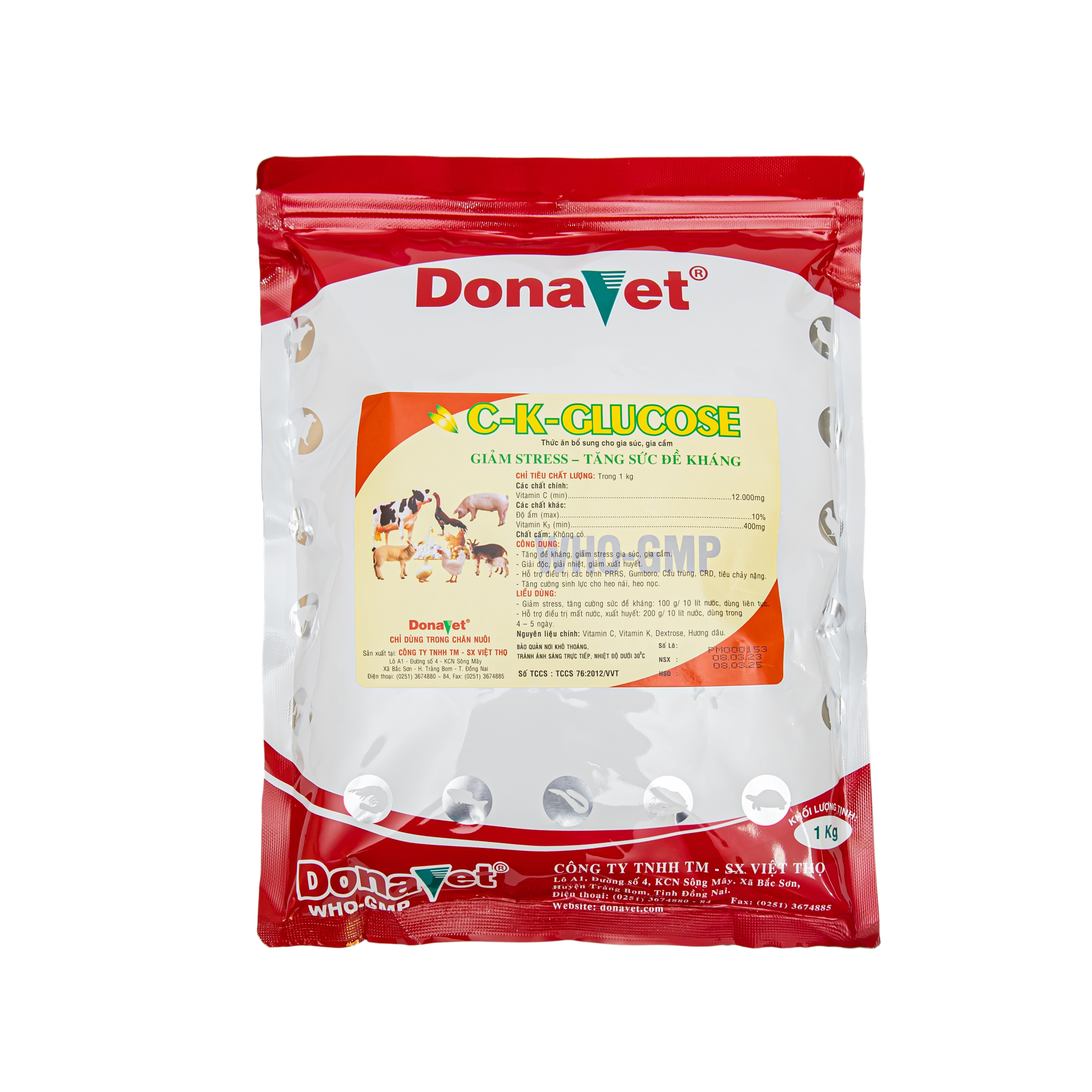
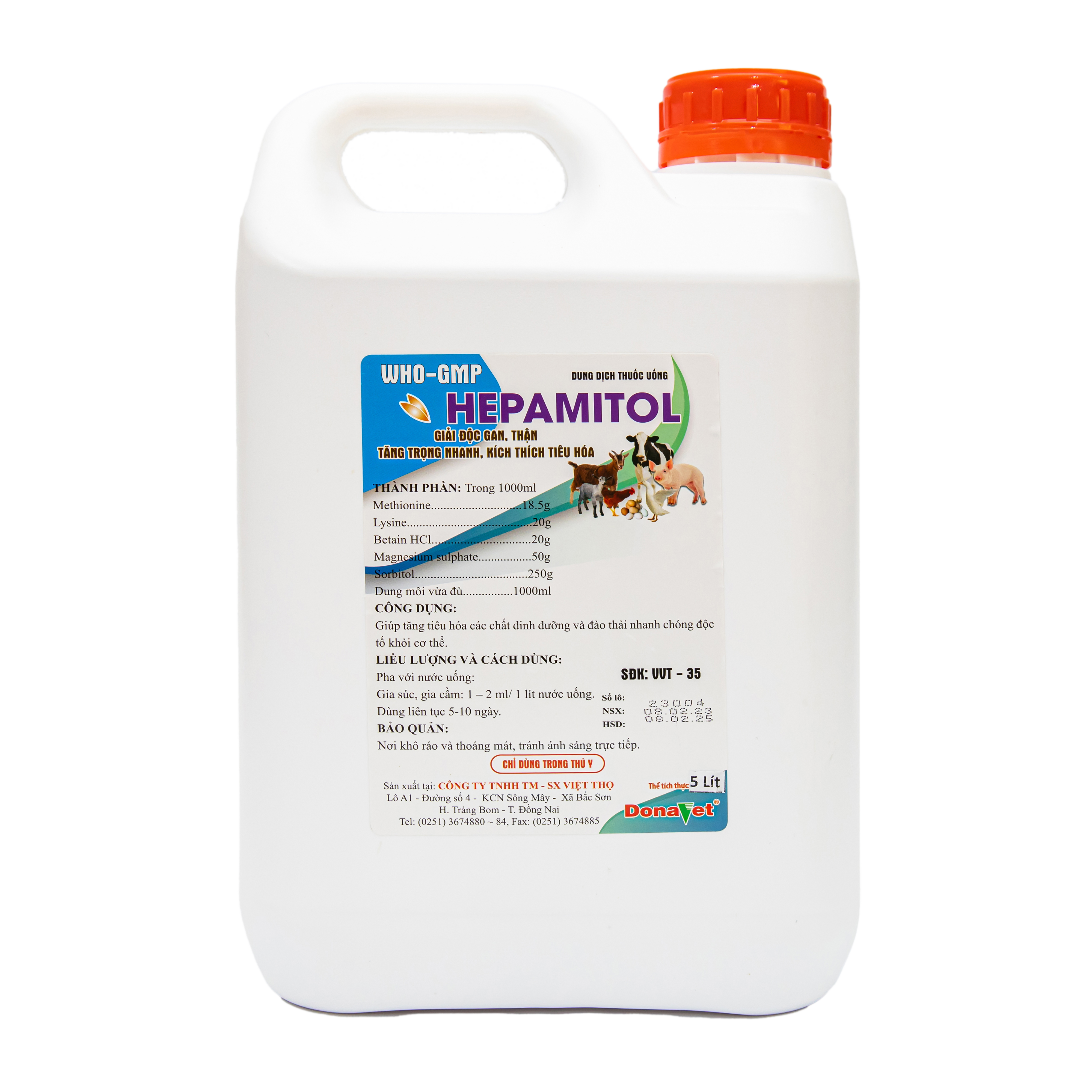
7. Biosafety
• Periodically clean and wash tools with DOVIDINE, DONACIDE solution, keep tools in dry places, avoid humid places.
• Periodically spray disinfectant inside and outside the barn 2-3 times/week with DONACIDE or DOVIDINE solution at a dose of 2-5ml/1l of water for 200m2.
• Disinfect people and vehicles before entering the barn, clean the barn after selling.

